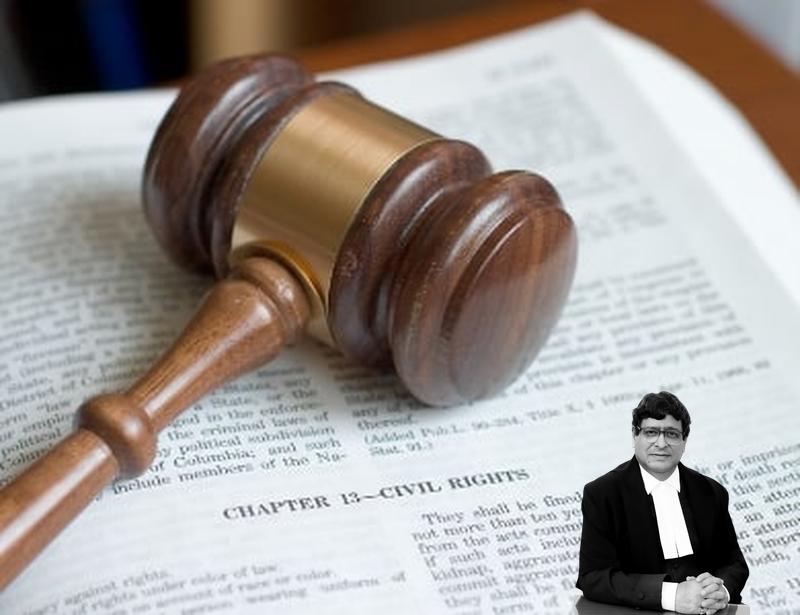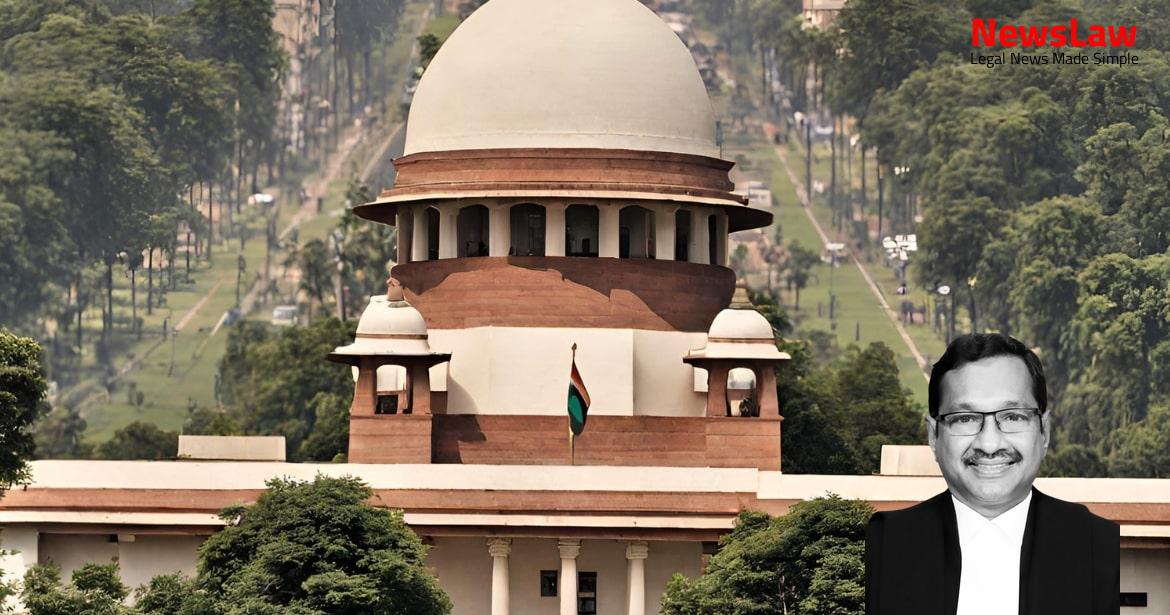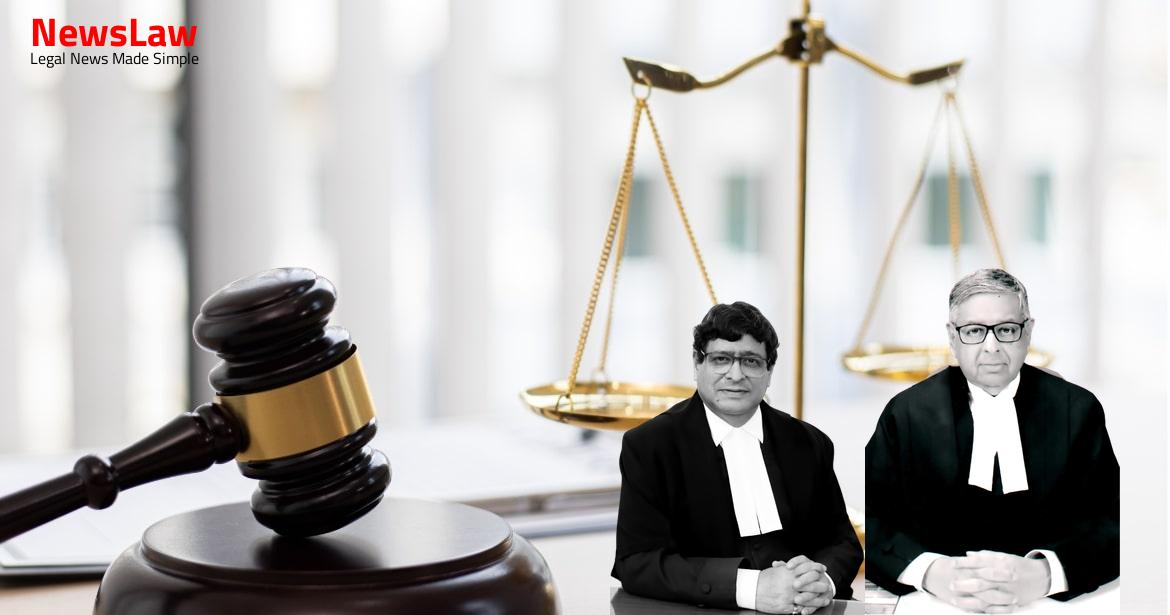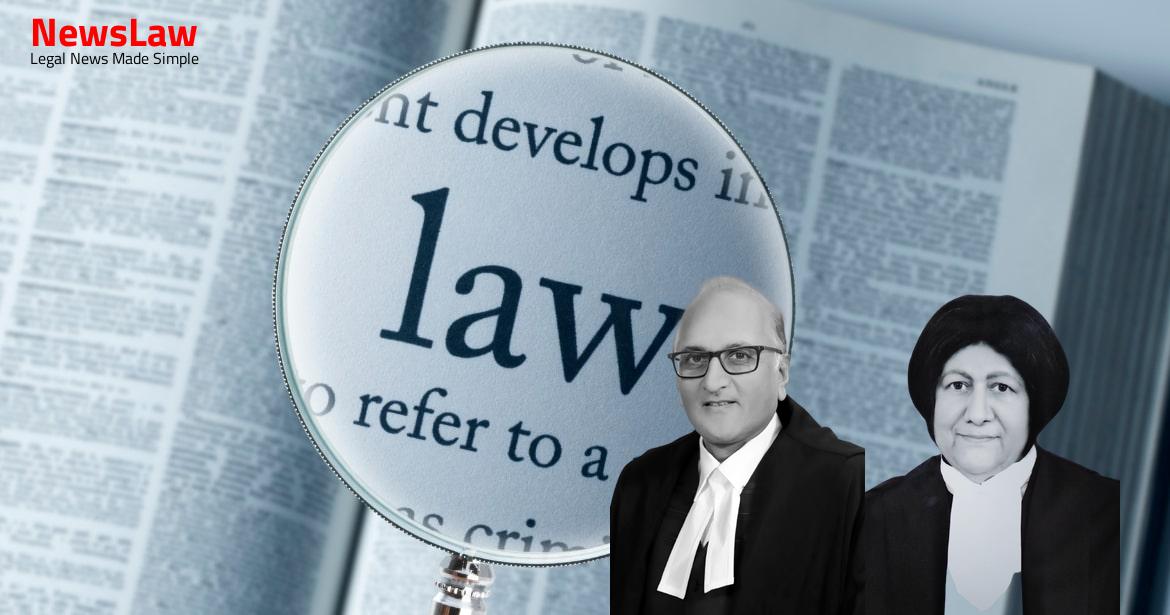The petition was for quashing of the order dated 26.10.2020 passed by respondent No 2 i.e. Although, many of the slums in Mumbai such as ‘Dharavi’, ‘Byculla’ and ‘Khar’ were initially villages, but they too have mushroomed into slums in the lopsided urban development.
The Slum Areas (Improvement and Clearance) Act, 1956 was enacted by the Parliament for declaring the areas as slum area, and clearing it.
The Maharashtra Slum Areas (Improvement, Clearance and Redevelopment) Act, 1971 (hereinafter referred to as ‘1971 Act’) was enacted which had provisions for redevelopment of area and other benefits for the inhabitants.
(2) Every Slum Rehabilitation Authority shall consist of a Chairman, a Chief Executive Officer and fourteen other members, all of whom shall be appointed by the State Government.” Slum areas are defined under Section 2(ga) of the 1971 Act as follows: “Slum area means any area declared as such by the Competent Authority under sub-section (1) of Section 4 [and includes any area deemed to be a slum area under Section 4-A” Section 4 and 4A of the 1971 Act is regarding declaration of slum areas, which are as follows: “ 4. (3) Any person aggrieved by a declaration made under sub-section (1) may, within thirty days after the date of such declaration in the Official Gazette, appeal to the Tribunal.
(5) On expiry of the period of fifteen days as aforesaid the Tribunal shall fix a day for hearing the appeal and inform the appellant about the same by letter under certificate of posting and the residents of the slum area by displaying the notice of hearing at some conspicuous place in the slum area and upon hearing the appellant, and the residents or representative of their association in the slum area, if present, or on considering the written objections, if any, made by such residents or association, if absent, the Tribunal may, subject to the provisions of sub-section (6), make an order either confirming, modifying or rescinding the declaration: and the decision of the Tribunal shall be final.
Certain slum improvement areas deemed to be slum areas.—(1)
Also Read: https://newslaw.in/supreme-court/standing-orders-vs-cca-rules-a-legal-analysis/
Any declaration made under Section 26 of the Maharashtra Slum Improvement Board Act, 1973 (Mah. (3) on such appeal, the Tribunal may make an order either confirming, modifying or rescinding the declaration: and the decision of Tribunal shall be final].” The Maharashtra Regional and Town Planning Act, 1966 (hereinafter referred to as ‘MRTP Act, 1966’) is again an important piece of legislation with which we are presently concerned. In accordance with the procedure given under the DCR, 1991 the majority section of the slum dwellers, in the present case, who were earlier divided into different independent societies, got together and formed a society called “Shramik Ekta Co-Operative Housing Federation” (respondent No 6, herein), which we here refer as the “Federation”. Based on the provisions of law regarding redevelopment of a slum, the procedure for the implementation of a Slum Rehabilitation Scheme has been summarised and published by SRA in form of “ Guidelines for the Implementation of Slum Rehabilitation Schemes in Greater Mumbai” which was published in September, 1997. vs Chief Executive Offi cer and Others (2006) 11 SCC 661 ; Pramila Singh Suman vs State of Maharashtra and Others (2009) 2 SCC 729 ; Balasaheb Arjun Torbole and Others vs Administrator and Divisional Commissioner and Others (2015) 6 SCC 534 12.In 2007, the project being stalled by a minority section of the Federation, the Developer filed a civil suit before the City Civil Court, Bombay seeking injunction against the defendant nos.1 to 15 who were inhabitants of the slum, and as per the scheme had an entitlement for a flat each in the residential complex which was to be constructed by the developer i.e., the plaintiff, but these defendants were not letting the Developer make construction of the nine towers which had to be constructed within a stipulated time.
Save as otherwise expressly provided in this Act, no Civil Court shall have jurisdiction in respect of any matter which the Administrator, Competent Authority or Tribunal is empowered by or under this Act, to determine, and no injunction shall be granted by any Court or other authority in respect of any action taken or to be taken in pursuance of any power conferred by or under this Act.” Be that as it may, the SRA which was in any case a necessary party to the Civil Suit, was not made a defendant. The MoU is between the developer and the society, to which most of the defendants in the Civil Suit were members of the society i.e., Sayunkta Sangharsh Samiti (hereinafter referred to as ‘SSS’). Hence considering the interest of the said occupants Samiti had decided to enforce Self Development Rehabilitation Scheme and hence suggested the said intention to the Developer. The parties have agreed to give cooperation to the either party for self construction of rehab building/s by the Samiti for the said occupants and completion of the said Scheme. Sayukta Sangharsh Samiti, a Society registered under the provisions of Maharashtra Cooperative Societies Act and to be registered as Charitable trust under the Bombay Public Trust Act (Proposed) for better and smooth implementation and completion of Slum Redevelopment Scheme under DC Rules 33(10). 7 and 9 are not members of the Samiti but are only will-wishers and supporters of Samiti and have therefore willingly agreed to join in this Consent Terms. It says that earlier the slum dwellers were divided into different groups and got themselves formed into different societies who were creating obstructions in the construction, but now an amicable settlement has been arrived between the parties and the consent terms/MoU was filed in Civil Suit No.1341 of 2007. Ultimately the SRA decided vide order dated 21.09.2020 to allot 712 flats on Tower D, E & F, on the basis of lottery, but then vide order dated 25.09.2020, the SRA stayed this order. The case of the appellant before the High Court was that once the Developer and the appellant society had come to a settlement in terms of the MOU dated 23.06.2009 allotment of flats in towers D, E and F ought to have been made accordingly, with allotments of these flats only to the members of appellant society.
The claim of the appellant was based entirely on the terms of consent arrived between the Developer and them, which has no basis in law. Any private arrangement between the petitioner, a society not of the majority slum dwellers, and the developer in a civil suit, if is recognized, it would certainly bring about a complete chaos and uncertainty in regard to the SRA granting permissions to a particular slum society and the developer appointed by it, as per the rules, to undertake the SRA scheme. Under DCR- 1991, Regulation 33(10), Appendix (IV), Clause 1.8, it is mentioned as follows: ‘1.8 Hutments dwellers in category having a differently abled person or female headed households shall be given first preference in allotment of tenements. Registrar of societies (SRA) and statement of rehab tenements allotted to the eligible slum families in the rehabilitation building with corresponding tenements No in rehab composite building and Sr.
We do not agree with the submissions advanced on behalf of the appellant who only seeks to enforce a private arrangement arrived at between the Developer and the appellant in derogation of the procedure laid down by the SRA. Appendix IV of DCR 33(10) clarifies that the provisions will apply to redevelopment/construction of accommodation for hutment/pavement dwellers through owners/developers/co-operative housing societies of hutment/pavement dwellers or by public authorities or by nongovernmental organisations within the limits of Brihan Mumbai.
The interest of the Municipal Corporation as the owner of the land is recognized by conferring upon the Municipal Corporation the role of verifying and authenticating who are the actual and genuine occupants of the land as on 1 January, 1995.
Also Read: https://newslaw.in/supreme-court/determining-juvenility-in-criminal-cases-a-critical-analysis/
The State as the owner of the and upon which a slum is situated has a vital public interest in ensuring that the object for which the land is utilized subserves the purpose of rehabilitation of the slum dwellers. State of Maharashtra, 2019 SCC OnLine Bom 3896 at Para 189] 24.Moreover, under the Maharashtra Slum Areas (Improvement, Clearance and Redevelopment) Act, 1971 SRA is the final authority for implementing a slum rehabilitation scheme. State of Maharashtra and Others reported in 2016 SCC OnLine Bom 11505 that slum society or private Developer cannot dictate terms to the SRA and it must act in terms of its own policies and circulars. The appellant society though has filed two Writ Petitions subsequently in connection with the procedure for allotment undertaken by the SRA, yet it has not challenged the validity of Circular No 162, instead it has sought to impose its private contractual rights over and above the statutory provisions which as we have seen above, is not permissible.
Case Title: SAYUNKTA SANGHARSH SAMITI Vs. THE STATE OF MAHARASHTRA
Case Number: C.A. No.-001359-001359 / 2023



